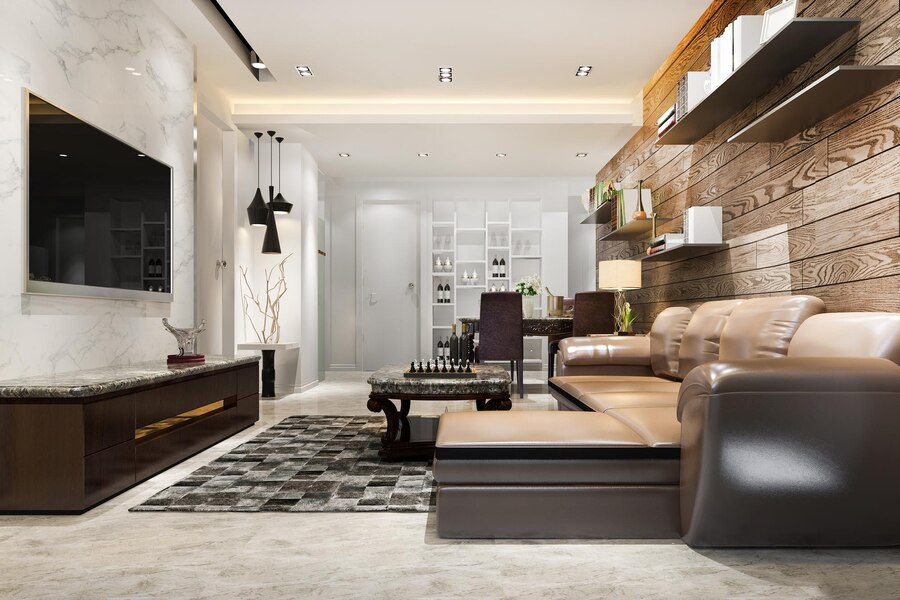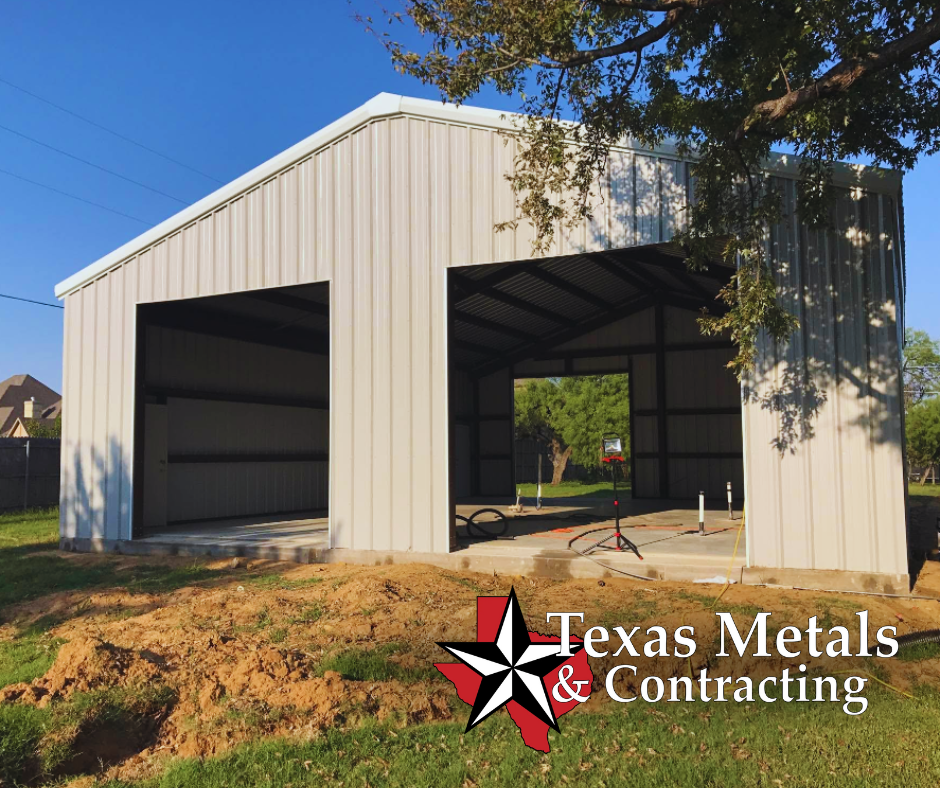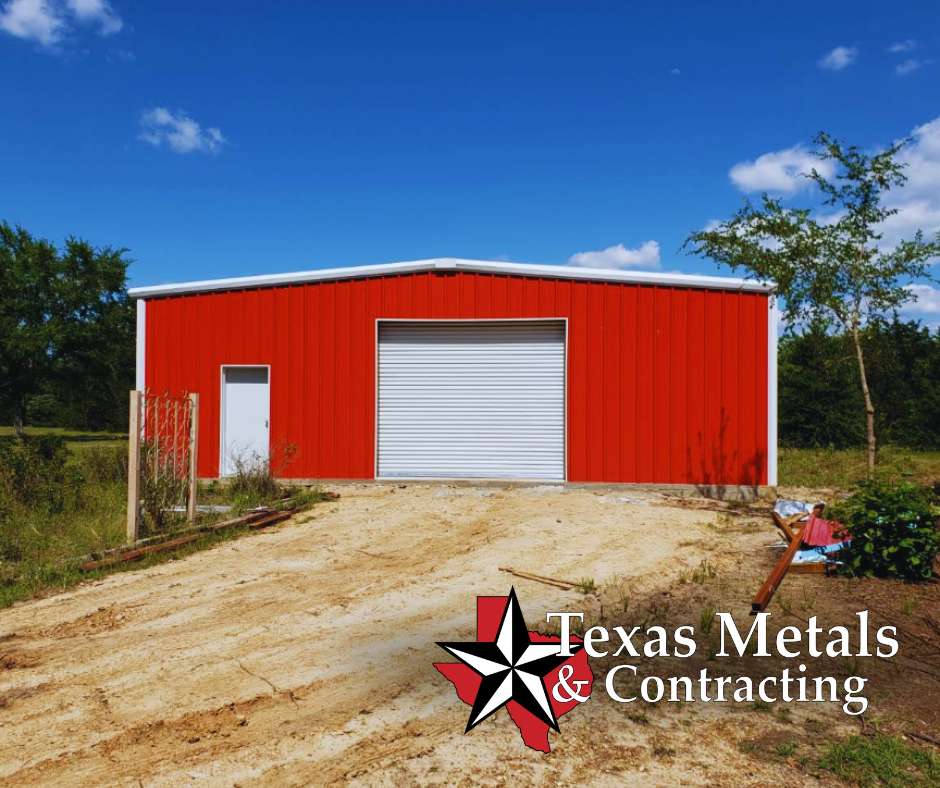Modern home interior design has become more than a trend; it’s a transformative approach that redefines the way we experience our living spaces. The synergy of clean lines, minimalist aesthetics, and technological integration creates an environment that transcends mere functionality. In this exploration, we delve into the nuances of modern home interior design, uncovering how its distinctive characteristics can breathe new life into your home. Discover the potential of a thoughtfully curated and modernized living space that goes beyond aesthetics, offering a lifestyle upgrade for today’s discerning homeowner.
Characteristics of Modern Home Interior Design
Modern home interior design has emerged as a captivating blend of functionality, aesthetics, and innovation, reshaping living spaces with a distinct contemporary flair. In this exploration, we delve into five key characteristics that define and distinguish modern interior design, transforming homes into sleek, stylish, and efficient havens.

- Clean Lines and Simplicity: Modern design champions simplicity, emphasizing clean lines and uncluttered spaces. Sharp, straight lines in furniture and architecture contribute to an open and organized aesthetic, creating an atmosphere of calm sophistication.
- Neutral Colors and Minimalist Aesthetics: A modern color palette often leans towards neutrals like whites, grays, and earth tones, fostering a serene ambiance. Minimalist aesthetics, marked by the mantra “less is more,” focus on essential elements, allowing the beauty of simplicity to shine.
- Integration of Technology and Smart Home Features: Embracing the digital era, modern home interiors seamlessly incorporate technology. Smart home features, from automated lighting to intelligent climate control systems, enhance convenience and efficiency while contributing to a futuristic and cutting-edge atmosphere.
- Open Floor Plans and Multi-Functional Spaces: Modern design often opts for open floor plans, erasing boundaries between rooms to create fluid, multi-functional spaces. This design approach promotes connectivity, maximizes natural light, and adapts to the evolving needs of contemporary living.
- Use of Natural Elements: Despite its contemporary appeal, modern interior design doesn’t shy away from nature. Integrating natural elements like indoor plants, wood, and stone brings warmth and a touch of the outdoors, striking a harmonious balance between the artificial and the organic.
Functional Spaces in Modern Design
In modern home interior design, the concept of functional spaces takes center stage, fostering a harmonious balance between form and usability. Open floor plans, a hallmark of contemporary design, eliminate unnecessary barriers between rooms, creating fluid and adaptable spaces that serve multiple purposes. The integration of multi-functional areas ensures that each space is optimized for efficiency and flexibility, allowing homeowners to seamlessly transition between different activities. For example, a living room may transform into a home office or entertainment space with minimal effort, catering to the diverse needs of today’s dynamic lifestyles.
In addition to open layouts, modern design emphasizes innovative storage solutions to maintain a clutter-free environment. Cleverly designed furniture with built-in storage, concealed cabinets, and modular shelving systems contribute to the seamless integration of form and function. This emphasis on functionality not only enhances the visual appeal of the space but also underscores the practicality that lies at the core of modern home interior design, creating homes that are not just aesthetically pleasing but also incredibly efficient in their use of space.
Incorporating Natural Elements
In the realm of modern home interior design, the integration of natural elements has become a transformative strategy, enriching spaces with a harmonious blend of the contemporary and the organic. Departing from the stark minimalism often associated with modern design, this approach embraces the soothing influence of nature, infusing interiors with warmth and a connection to the outdoors.
- Indoor Plants and Greenery: One prominent way modern design incorporates nature is through the strategic placement of indoor plants and greenery. From potted succulents to hanging ferns, these living elements not only add aesthetic appeal but also contribute to improved air quality, creating a healthier and more vibrant living environment.
- Use of Natural Materials: Modern interior design champions the use of natural materials such as wood, stone, and bamboo. Incorporating these elements into furniture, flooring, and decor adds texture and authenticity, fostering a sense of balance between the artificial and the raw beauty of the natural world.
- Maximizing Natural Light: Emphasizing the connection to nature, modern design often prioritizes ample natural light. Large windows, glass doors, and skylights are strategically employed to flood interiors with sunlight, creating a bright and airy ambiance that further blurs the lines between indoor and outdoor spaces.
- Biophilic Design Principles: Beyond individual elements, modern home interior design often incorporates biophilic design principles, aiming to strengthen the connection between inhabitants and the natural world. This might involve designing spaces that mimic natural patterns, incorporating nature-inspired artwork, or even introducing water features to evoke a sense of tranquility.
Embracing Technology
Embracing technology is a defining characteristic of modern home interior design, marking a departure from traditional approaches and ushering in an era of convenience and innovation. Smart home integration plays a pivotal role, allowing homeowners to control various aspects of their living spaces with a touch or a voice command. From automated lighting and temperature control to advanced security systems, technology seamlessly enhances both the efficiency and comfort of modern interiors.
In modern design, technology isn’t merely functional; it’s also a design element in itself. Sleek and futuristic gadgets, such as smart mirrors and interactive displays, are strategically incorporated to contribute to the overall aesthetic. The integration of cutting-edge technology not only aligns with the contemporary lifestyle but also adds a layer of sophistication to homes, showcasing the seamless fusion of style and functionality in the modern interior landscape.
Personalization and Artistic Expression
In the realm of modern home interior design, a departure from cookie-cutter aesthetics has given rise to a trend that celebrates personalization and artistic expression. Today’s homeowners are increasingly seeking to imbue their living spaces with a unique identity, making a departure from standardized designs in favor of a more individualistic approach.
- Showcasing Personal Style: Modern interior design encourages homeowners to infuse their personality into their living spaces. Whether through eclectic furniture choices, curated artwork, or distinctive decor, personal style takes precedence, turning homes into personal sanctuaries.
- Incorporating Artwork: Art becomes an integral part of modern design, serving as a means of personal expression. From vibrant paintings to sculptural installations, artwork adds character and dynamism, elevating interiors and reflecting the homeowner’s aesthetic sensibilities.
- Mixing Textures and Patterns: Modern design thrives on the creative juxtaposition of textures and patterns. Personalization comes to life as individuals experiment with varied materials, creating visual interest and a tactile experience within the living space.
- Customized Furniture and Furnishings: A key aspect of personalization in modern interiors is the customization of furniture and furnishings. Tailoring pieces to specific preferences, from unique upholstery to bespoke designs, ensures that each item contributes to the overall personalized narrative of the home.
- Balancing Aesthetics with Functionality: While personalization celebrates individual taste, it’s also about finding a balance between aesthetics and functionality. Modern homes are designed to accommodate personal expression without compromising on the practical aspects of comfortable and efficient living.
Budget-Friendly Modern Design Tips

Modern home interior design doesn’t have to break the bank. Achieving a sleek and contemporary look on a budget is not only possible but can be an exciting challenge. Here are five budget-friendly tips to infuse a touch of modernity into your living spaces without compromising style.
- Strategic Investments: Prioritize key pieces that make a significant impact, such as a modern sofa, statement lighting, or a stylish area rug. Strategic investments in focal points can elevate the overall aesthetic without overspending on every item.
- Opt for Minimalism: Embrace the essence of modern design by adopting a minimalist approach. Decluttering your space and choosing furniture with clean lines contribute to a sleek and contemporary look, all while being cost-effective.
- Affordable Decor Accents: Shop for affordable yet stylish decor accents, such as throw pillows, vases, and wall art. These small additions can bring a modern flair to your home without a hefty price tag, allowing you to update your decor regularly.
- Secondhand Finds: Explore thrift stores, online marketplaces, or garage sales for unique secondhand furniture. With a bit of creativity, you can repurpose and refinish items to align with modern design principles, achieving a chic look at a fraction of the cost.
- Mix High and Low: Strike a balance between high-end and budget-friendly items. Splurge on key pieces that anchor the room, while saving on complementary elements. This mix-and-match approach allows you to curate a stylish space without compromising your budget.
Conclusion
In conclusion, the exploration of how modern home interior design can transform living spaces reveals a dynamic fusion of form, function, and innovation. From clean lines and smart technology to the incorporation of natural elements, modern design offers a versatile canvas for creating homes that are not only aesthetically pleasing but also tailored to the needs of contemporary living. As you embark on your journey to revitalize your living spaces, consider the transformative power of these design principles and the potential they hold to redefine your home.
At Texas Metals and Contracting, we understand the importance of translating design concepts into reality. If you’re inspired to embark on a modern interior transformation, our team is ready to bring your vision to life. Contact us at (903)453-7001 or reach out via email at info@texasmetalsandcontracting.com. Explore our portfolio and discover how our expertise in metal fabrication and contracting can contribute to the modernization of your living spaces. Visit our website at https://texasmetalsandcontracting.com/ to learn more about our services and begin your journey toward a modern and personalized home interior. Transform your space with Texas Metals and Contracting – where design meets craftsmanship.


